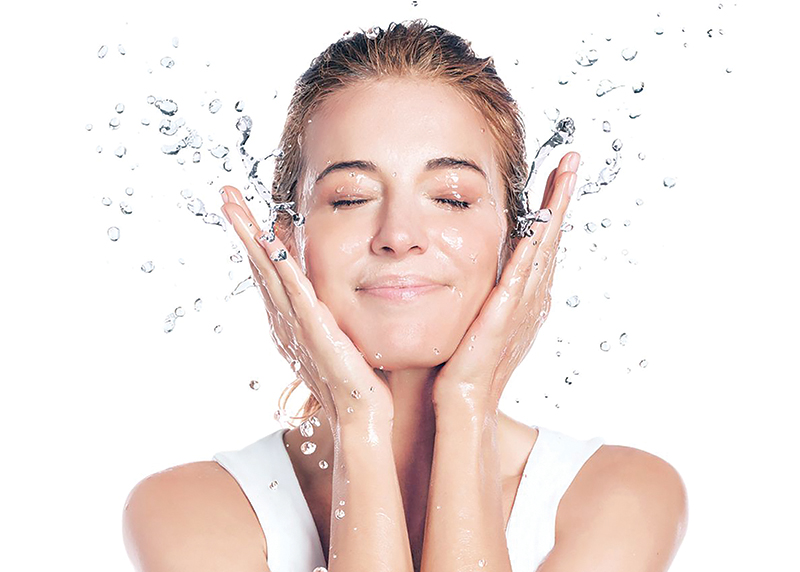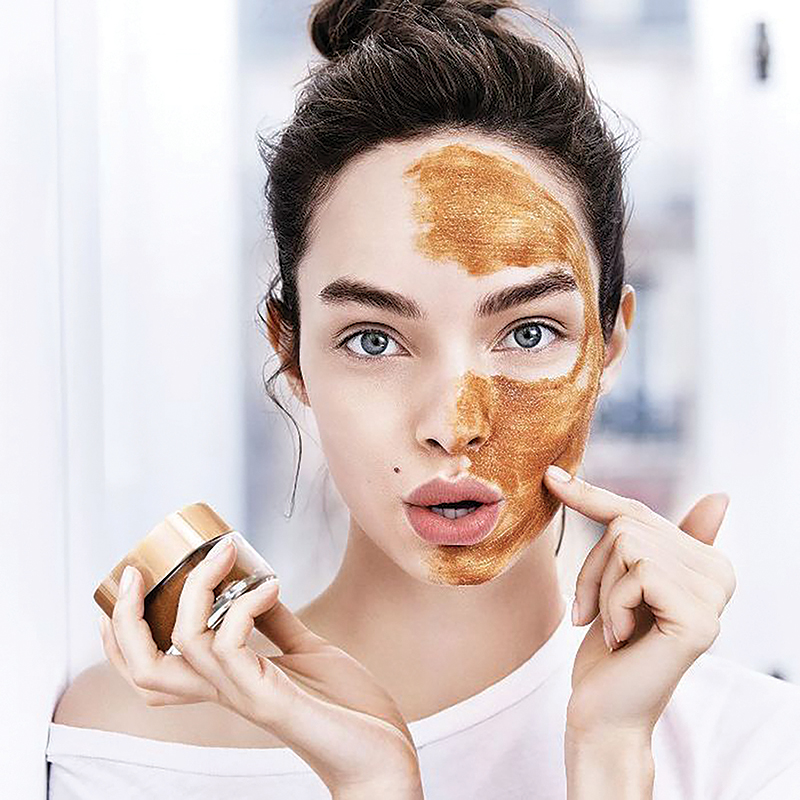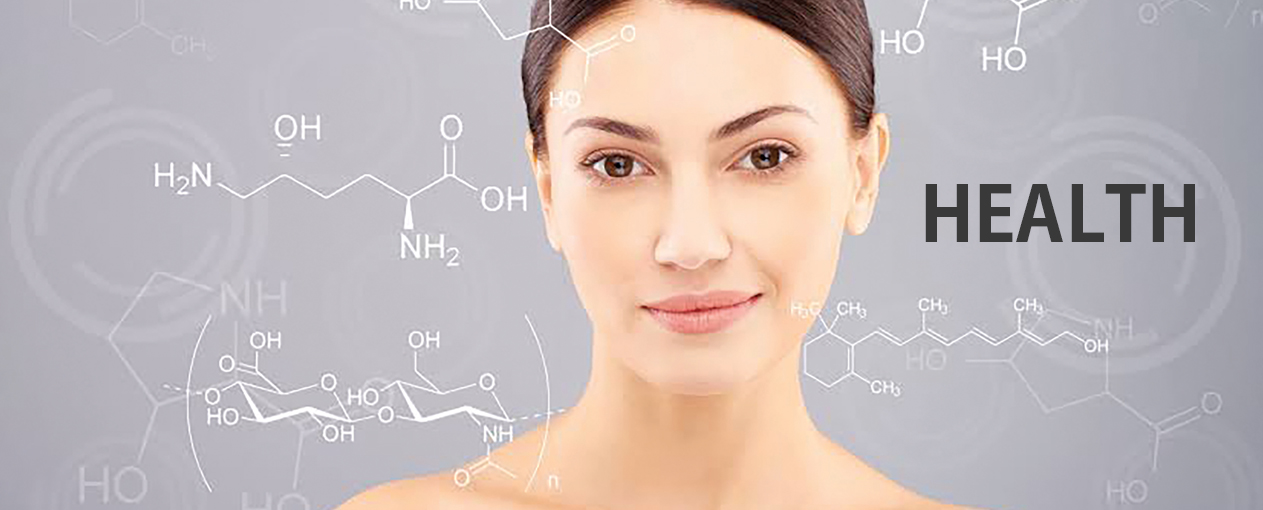People can develop forehead acne and pimples when tiny glands below the surface of the skin become blocked. Acne frequently develops on a person’s forehead, although it can also develop in many places on the body.
Causes
Acne can develop anywhere on a person’s body, but is particularly frequent on the face, shoulders, back, chest, and arms. A person may notice the appearance of acne when tiny glands just below the surface of the skin become blocked.
These glands, known as sebaceous glands, produce an oily substance called sebum. They can become blocked by too much sebum, dead skin cells, or bacteria. When this happens, the glands may become inflamed, and a pimple can develop.
Certain factors can increase the amount of sebum that is produced by the sebaceous glands. This sebum increases the likelihood of acne and pimples developing. Factors include:
- Hormonal changes. Acne is particularly visible when hormone levels fluctuate significantly, especially during teens or during late 50s.
- Stress. There is a link between stress and outbreaks of acne, but the reasons for this are unclear.
- Medication. Some types of medication can cause acne as a side effect. Examples include certain steroids or anticonvulsants.
- Hygiene. Not washing the hair and face regularly can lead to oily deposits on the forehead and blockages that prompt acne.
- Hair products. Some hair products, such as gels, oils, or waxes, are linked to breakouts of acne that is known as pomade acne.
- Skin irritation. Using makeup on the forehead or wearing clothing such as hats, can irritate the forehead and also lead to acne. Frequently touching the forehead can also aggravate the skin and trigger acne.


Treatment and home remedies
Treatment will vary depending on the severity of the acne outbreak. Most people can treat their acne with over-the-counter (OTC) medications. How well these treatments work can vary between individuals, so trial and error may be necessary to determine what is best. People with sensitive skin may benefit from sticking to creams or lotions.
A person’s symptoms may take several weeks to clear up entirely, so it is often necessary to be patient with these treatments. It is also common for some people to have mild side effects, such as skin irritation, in the early stages of treatment.
Home remedies can also be used alongside medication, or for very mild cases of acne on the forehead. An example of a home remedy is to apply a warm compress to the forehead twice daily, which can help remove excess sebum and improve recovery.
Other home remedies that people with acne on the forehead can try include:
- Aloe vera. Apply pure aloe vera oil directly to the forehead.
- Tea tree oil. Mix a few drops with water and apply to the forehead with a cotton pad.
- Apple cider vinegar. Mix one-quarter diluted apple cider vinegar with three-quarters water and apply to the forehead with a cotton pad.
- Lemon or lime juice. Apply directly to the forehead with a cotton pad.
- Zinc. Zinc can be taken orally, as a supplement to help improve the skin.
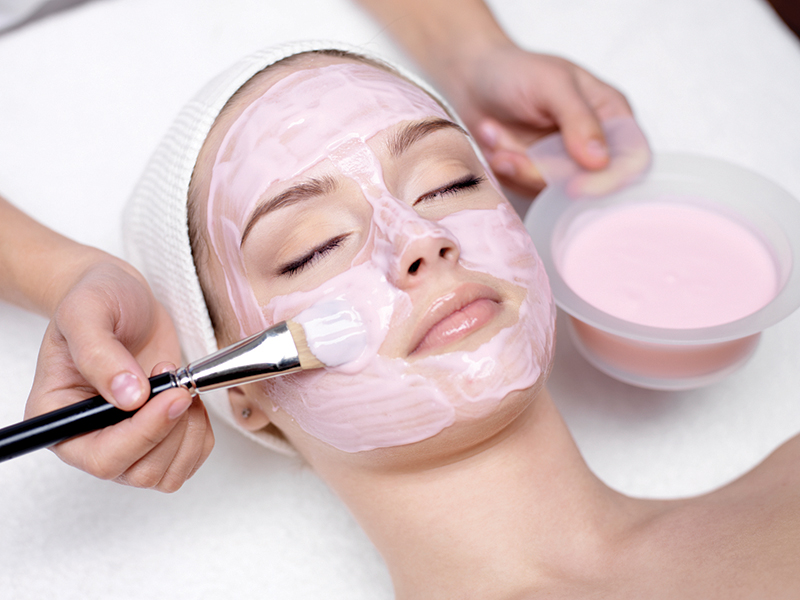
Face Mask
People can also combine the following ingredients to make a face mask that they can leave on overnight:
Mix 2–3 teaspoons of aloe vera gel with 3–4 drops of tea tree oil. Apply to the face
Leave on overnight. Wash off in the morning. Repeat nightly, until the acne or pimples improve.
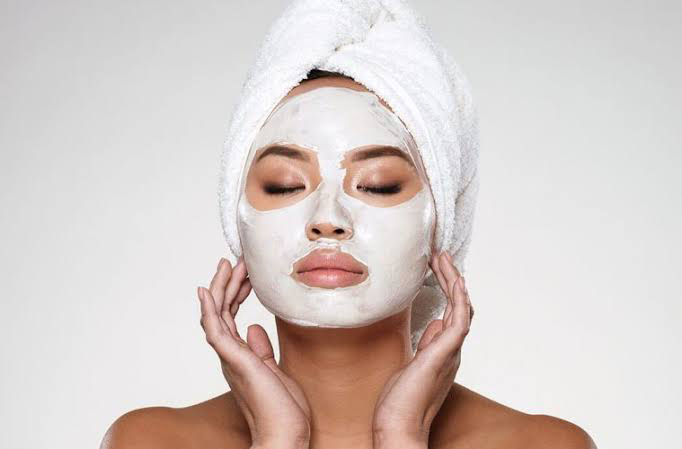
Prevention
Maintaining a good standard of personal hygiene is the best way for someone to prevent acne on the forehead. While some pimples may be inevitable, washing regularly will help to minimize the risk of a significant outbreak occurring.
Other acne prevention tips include:
- avoiding the wearing of tight-fitting hats or clothing that cover the forehead
- avoiding the use of harsh skin products on the forehead
- using face scrubs to deep cleanse the skin
- avoiding the temptation to touch, scratch, or pick pimples on the forehead
- removing any makeup before going to bed
- washing straight after sport or any activity that causes sweat to build on the forehead
- washing your hands regularly throughout the day
- avoiding prolonged exposure to the sun
